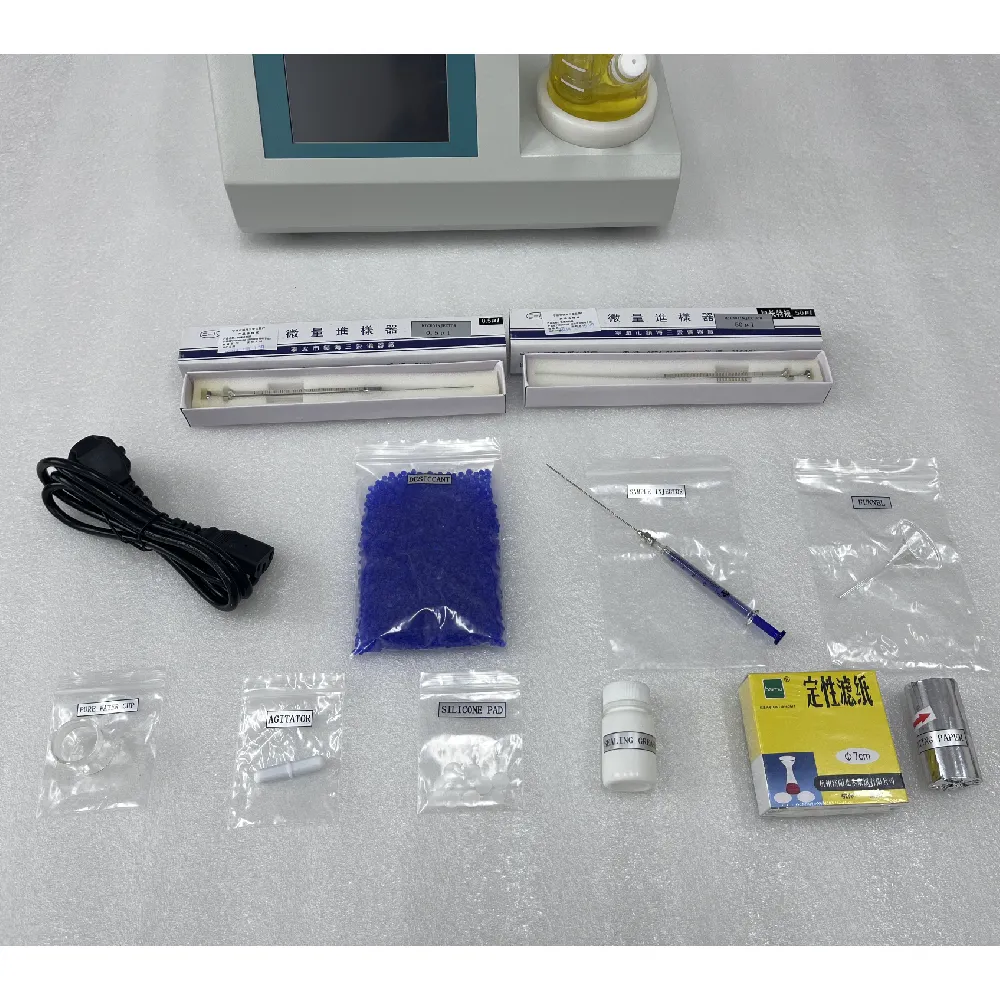 English
English



-
 Afrikaans
Afrikaans -
 Albanian
Albanian -
 Amharic
Amharic -
 Arabic
Arabic -
 Armenian
Armenian -
 Azerbaijani
Azerbaijani -
 Basque
Basque -
 Belarusian
Belarusian -
 Bengali
Bengali -
 Bosnian
Bosnian -
 Bulgarian
Bulgarian -
 Catalan
Catalan -
 Cebuano
Cebuano -
 China
China -
 China (Taiwan)
China (Taiwan) -
 Corsican
Corsican -
 Croatian
Croatian -
 Czech
Czech -
 Danish
Danish -
 Dutch
Dutch -
 English
English -
 Esperanto
Esperanto -
 Estonian
Estonian -
 Finnish
Finnish -
 French
French -
 Frisian
Frisian -
 Galician
Galician -
 Georgian
Georgian -
 German
German -
 Greek
Greek -
 Gujarati
Gujarati -
 Haitian Creole
Haitian Creole -
 hausa
hausa -
 hawaiian
hawaiian -
 Hebrew
Hebrew -
 Hindi
Hindi -
 Miao
Miao -
 Hungarian
Hungarian -
 Icelandic
Icelandic -
 igbo
igbo -
 Indonesian
Indonesian -
 irish
irish -
 Italian
Italian -
 Japanese
Japanese -
 Javanese
Javanese -
 Kannada
Kannada -
 kazakh
kazakh -
 Khmer
Khmer -
 Rwandese
Rwandese -
 Korean
Korean -
 Kurdish
Kurdish -
 Kyrgyz
Kyrgyz -
 Lao
Lao -
 Latin
Latin -
 Latvian
Latvian -
 Lithuanian
Lithuanian -
 Luxembourgish
Luxembourgish -
 Macedonian
Macedonian -
 Malgashi
Malgashi -
 Malay
Malay -
 Malayalam
Malayalam -
 Maltese
Maltese -
 Maori
Maori -
 Marathi
Marathi -
 Mongolian
Mongolian -
 Myanmar
Myanmar -
 Nepali
Nepali -
 Norwegian
Norwegian -
 Norwegian
Norwegian -
 Occitan
Occitan -
 Pashto
Pashto -
 Persian
Persian -
 Polish
Polish -
 Portuguese
Portuguese -
 Punjabi
Punjabi -
 Romanian
Romanian -
 Russian
Russian -
 Samoan
Samoan -
 Scottish Gaelic
Scottish Gaelic -
 Serbian
Serbian -
 Sesotho
Sesotho -
 Shona
Shona -
 Sindhi
Sindhi -
 Sinhala
Sinhala -
 Slovak
Slovak -
 Slovenian
Slovenian -
 Somali
Somali -
 Spanish
Spanish -
 Sundanese
Sundanese -
 Swahili
Swahili -
 Swedish
Swedish -
 Tagalog
Tagalog -
 Tajik
Tajik -
 Tamil
Tamil -
 Tatar
Tatar -
 Telugu
Telugu -
 Thai
Thai -
 Turkish
Turkish -
 Turkmen
Turkmen -
 Ukrainian
Ukrainian -
 Urdu
Urdu -
 Uighur
Uighur -
 Uzbek
Uzbek -
 Vietnamese
Vietnamese -
 Welsh
Welsh -
 Bantu
Bantu -
 Yiddish
Yiddish -
 Yoruba
Yoruba -
 Zulu
Zulu
dry type transformer tap changer
Understanding Dry Type Transformer Tap Changers
Transformers are pivotal components in electrical systems, facilitating the transmission and distribution of electrical energy. Among the various types of transformers, dry type transformers are renowned for their safety, reliability, and environmental friendliness. A key feature of dry type transformers is their tap changer, which plays a critical role in voltage regulation and system performance.
A dry type transformer is one that uses air as the cooling medium instead of oil, making it ideal for indoor installations or areas where environmental risks need to be minimized. These transformers can handle lower capacity than their oil-immersion counterparts but come with numerous advantages, including lower maintenance costs, reduced fire hazard risk, and minimal environmental impact.
The tap changer is a device that allows for the adjustment of the transformer's turn ratio. This adjustment is essential because electrical loads can vary, and the voltage output must be maintained within a specified range to ensure optimal performance and reliability. Without a tap changer, voltage variations could lead to equipment damage, system instability, or energy losses.
Tap changers can be classified into two main categories on-load tap changers (OLTC) and off-load tap changers (also known as manual tap changers). On-load tap changers allow for voltage adjustments while the transformer is energized, which is crucial for continuous operations in dynamic load conditions. Off-load tap changers, on the other hand, require the transformer to be de-energized for adjustments to be made, making them suitable for applications where load conditions are stable or predictable.
dry type transformer tap changer

The operation of an on-load tap changer is typically managed by an automatic control system that monitors the output voltage. When the voltage deviates from the predetermined level, the control system initiates a process to change taps accordingly. This process can involve mechanical systems, such as servo motors or hydraulic mechanisms, which physically switch the connections within the transformer, altering the turn ratio.
In contrast, an off-load tap changer relies on manual intervention. This can be a simple dial or switch that an operator adjusts to select the desired tap position. While this method is straightforward, it can be less efficient, especially in systems with fluctuating loads requiring frequent adjustments.
Design considerations for tap changers include factors such as operational reliability, maintenance needs, and the expected load profile. The chosen tap changer must be compatible with the transformer's design and rating to ensure seamless integration into the electrical system.
Moreover, advancements in technology are influencing the design and functionality of tap changers in dry type transformers
. Innovations such as digital monitoring systems and intelligent automation enable improved responsiveness and predictive maintenance, further enhancing the reliability and efficiency of power distribution systems.In conclusion, dry type transformer tap changers are essential for ensuring voltage regulation in electrical distribution systems. They significantly contribute to the safety and performance of electrical networks, particularly in sensitive environments. Whether through manual or automatic adjustments, these devices are invaluable in maintaining the integrity of electrical supply and supporting the growing demand for reliable energy solutions. As technology evolves, we can anticipate even more efficient and responsive tap changing mechanisms within the realm of dry type transformers.
-
Testing Equipment Industry Sees Major Advancements in 2025: Smart & Precision Technologies Lead the WayNewsJun.06,2025
-
Applications of Direct Current Generators in Renewable Energy SystemsNewsJun.05,2025
-
Hipot Tester Calibration and Accuracy GuidelinesNewsJun.05,2025
-
Digital Circuit Breaker Analyzer Features and BenefitsNewsJun.05,2025
-
Benefits of Real-Time Power Quality Monitoring Devices for Industrial EfficiencyNewsJun.05,2025
-
Earth Fault Loop Testing in High-Rise Building Electrical SystemsNewsJun.05,2025



